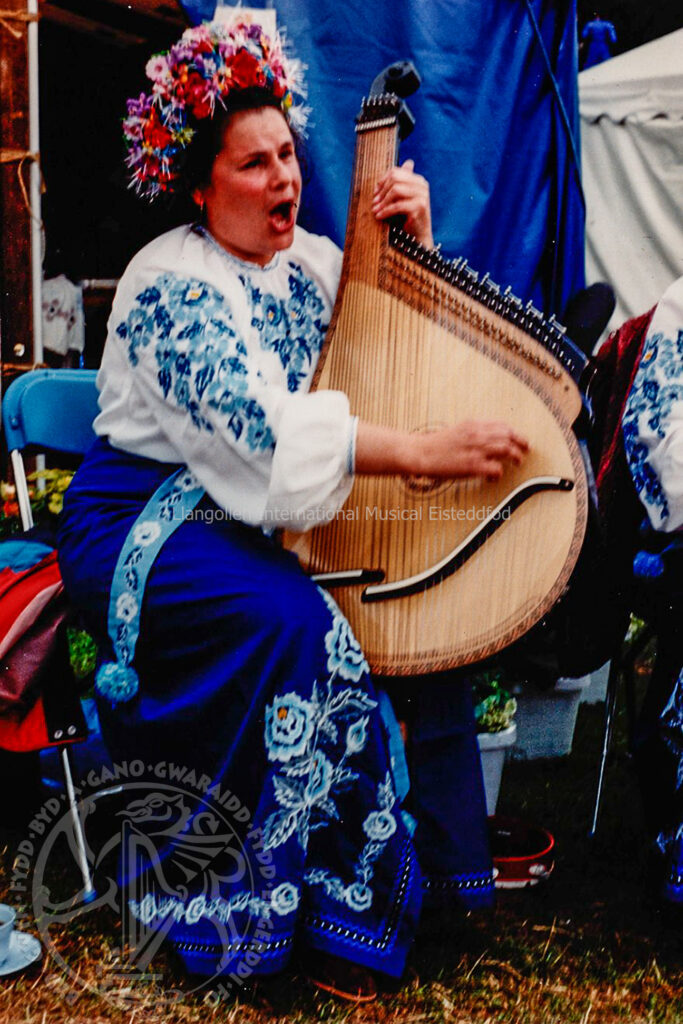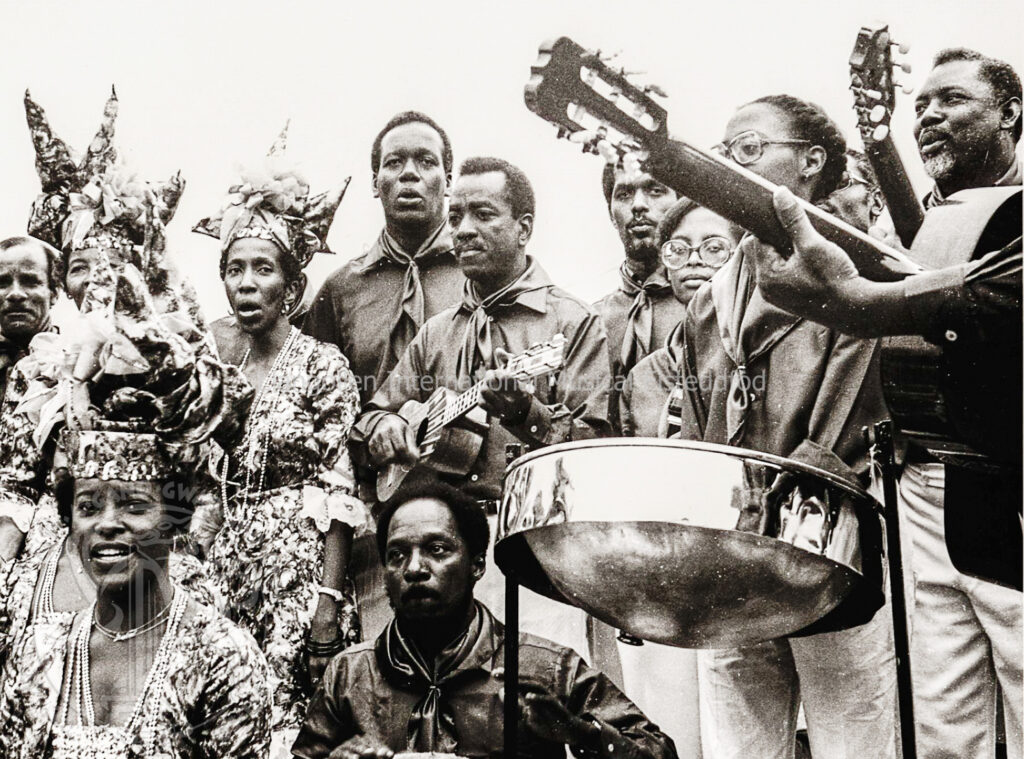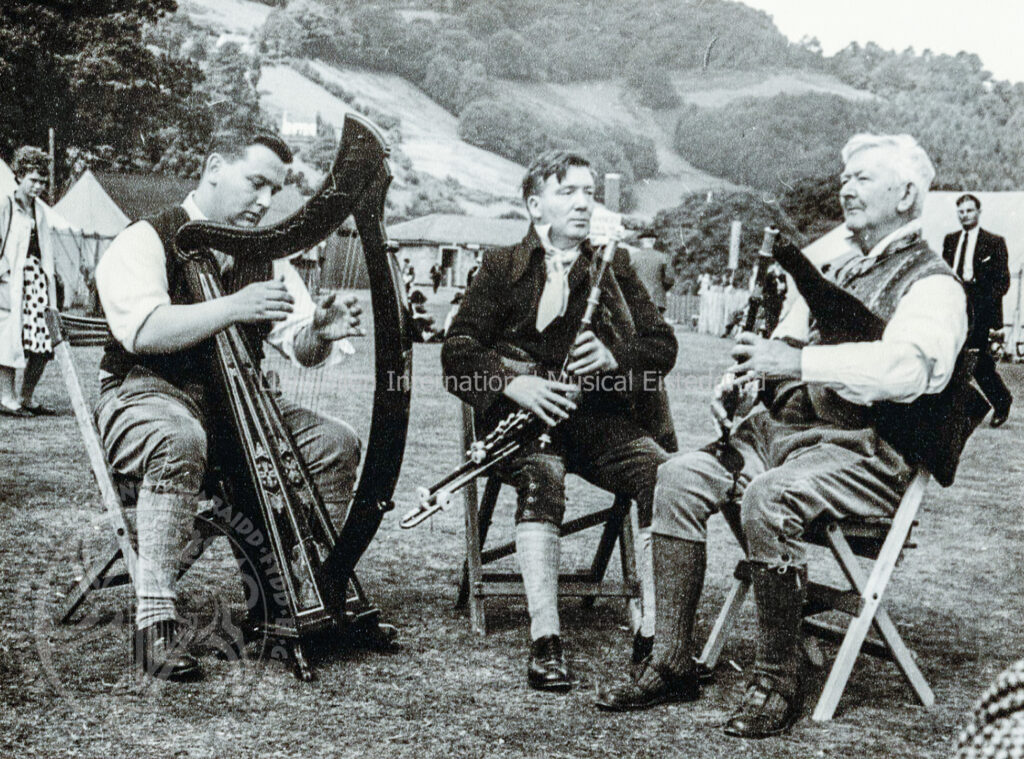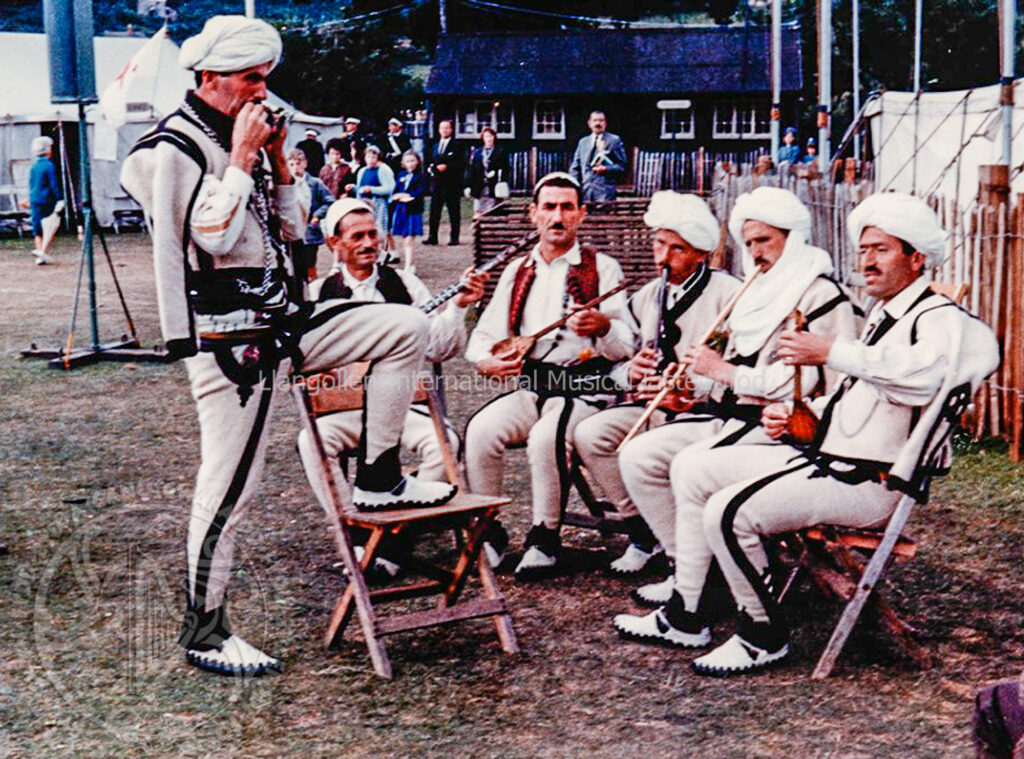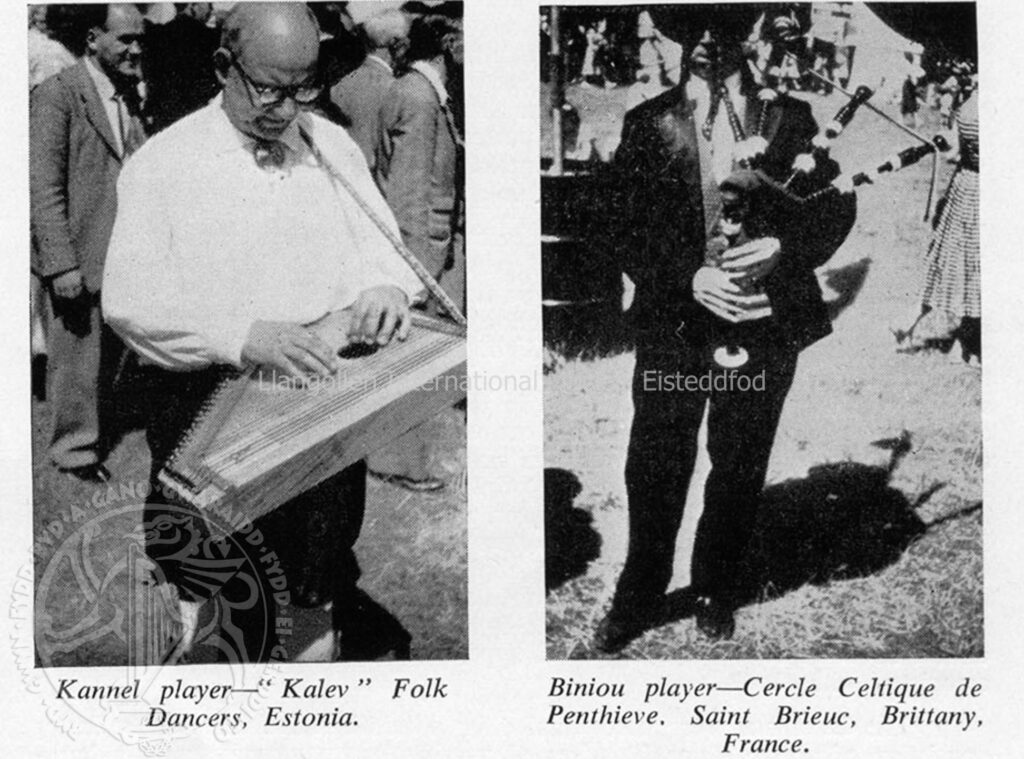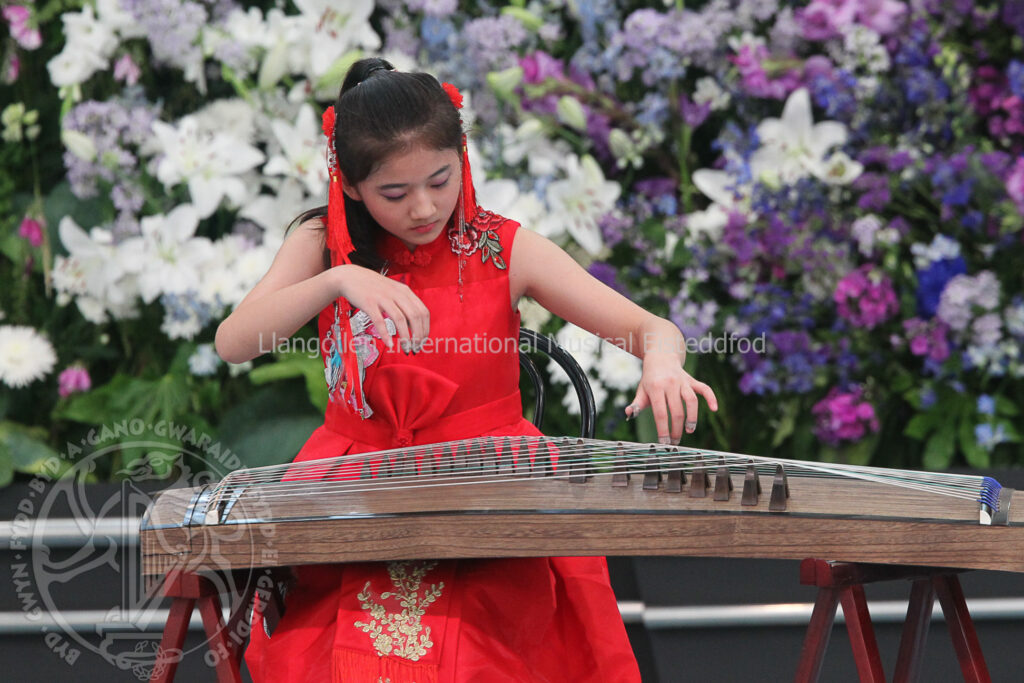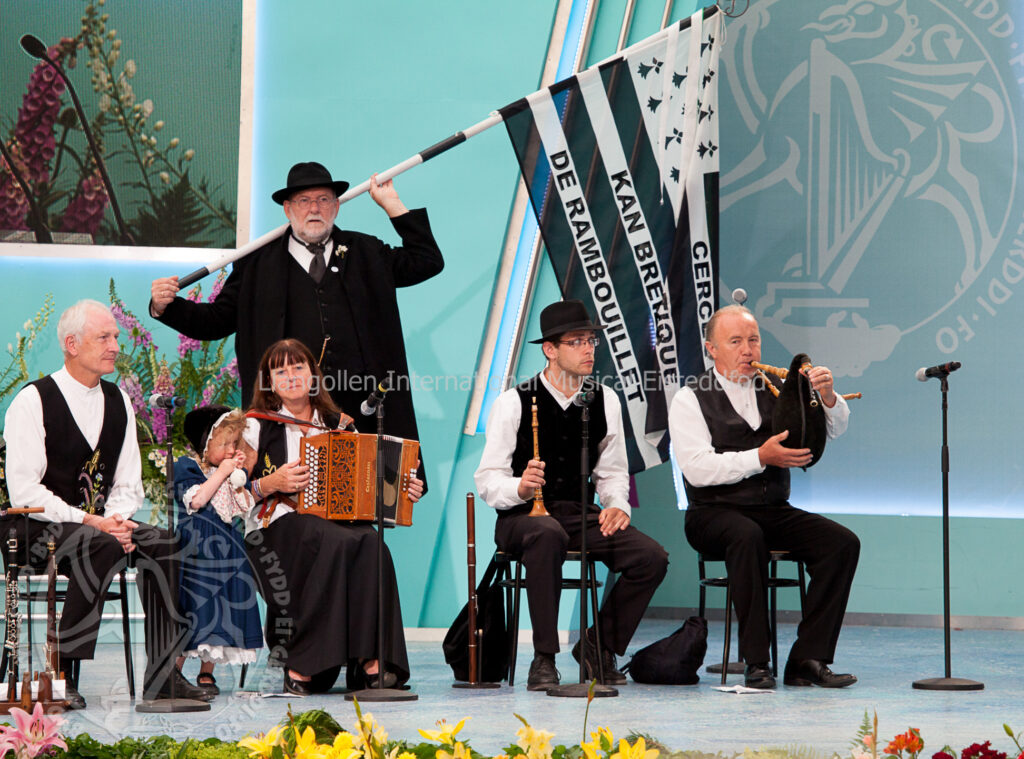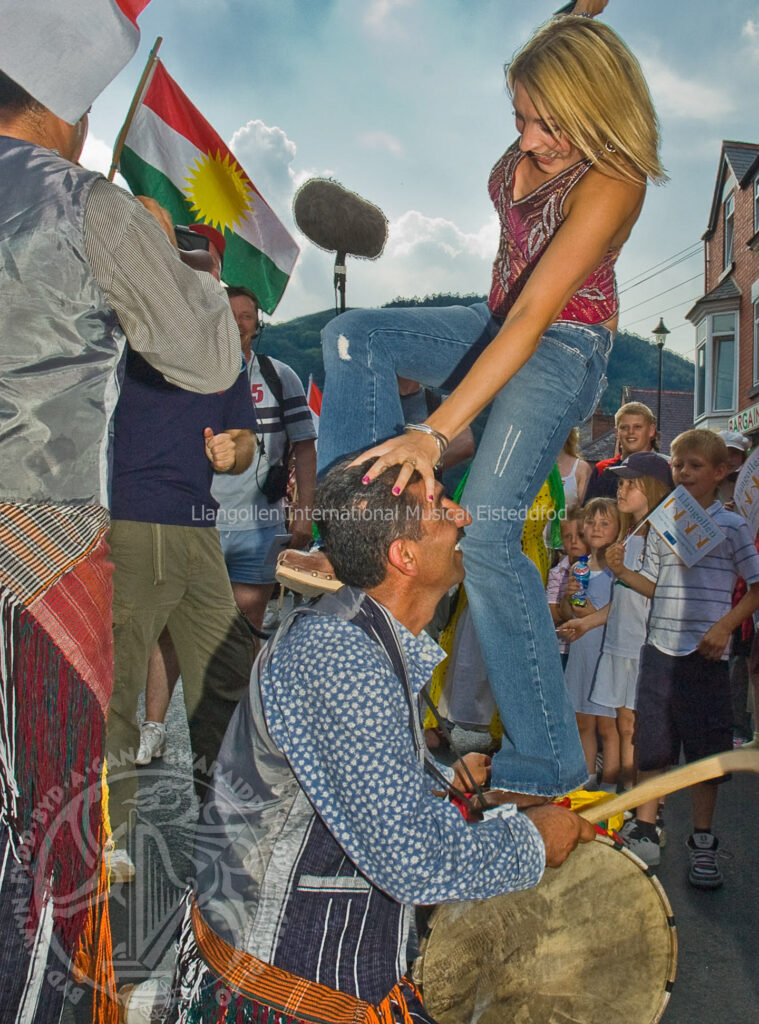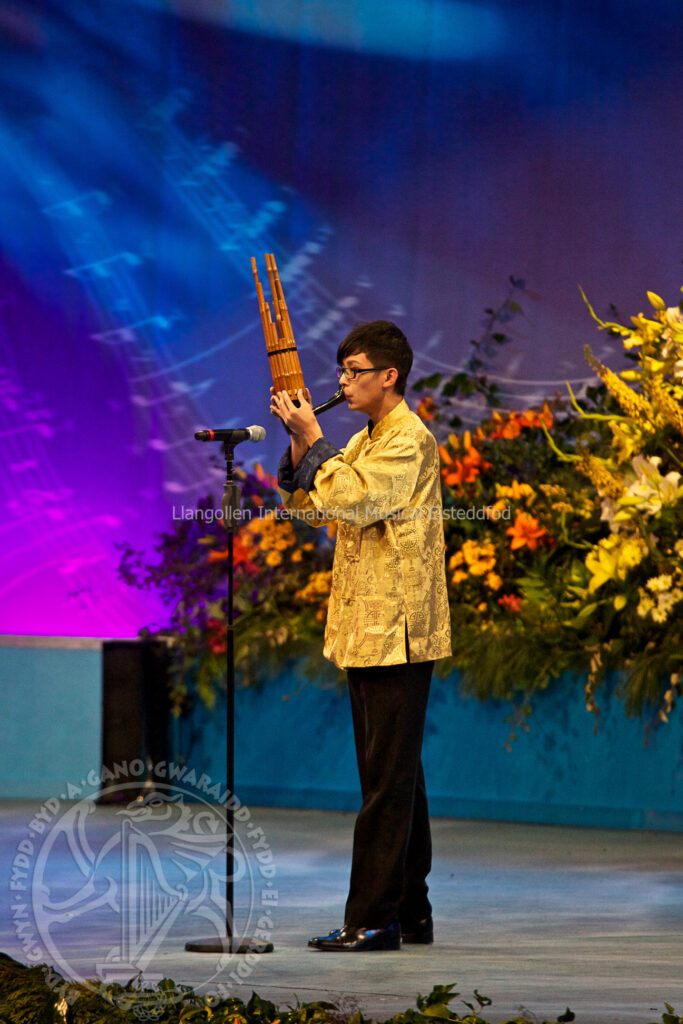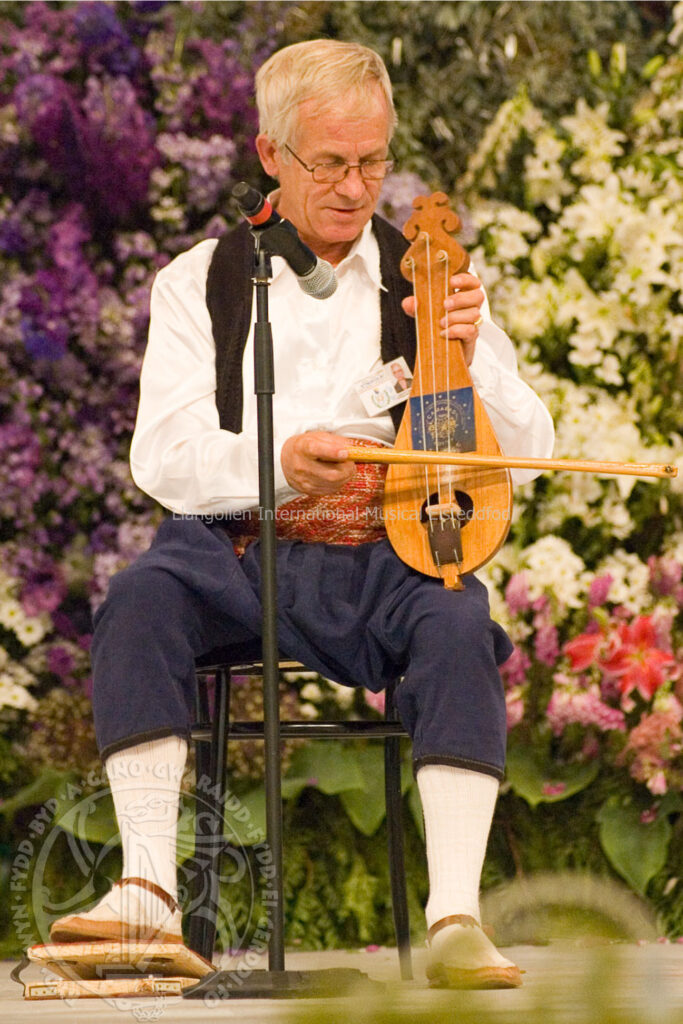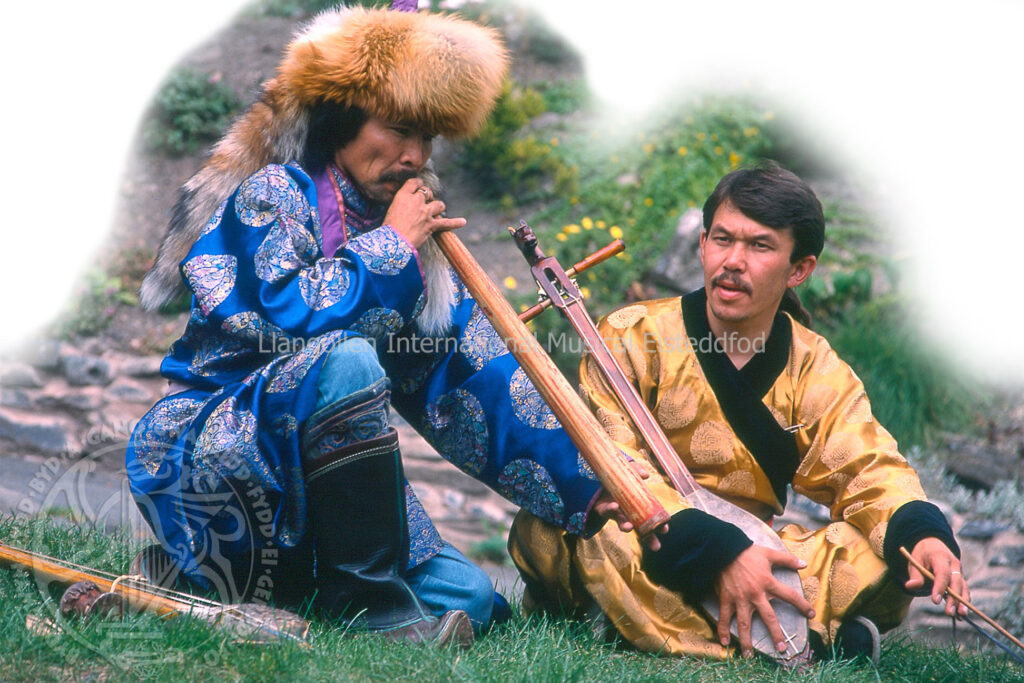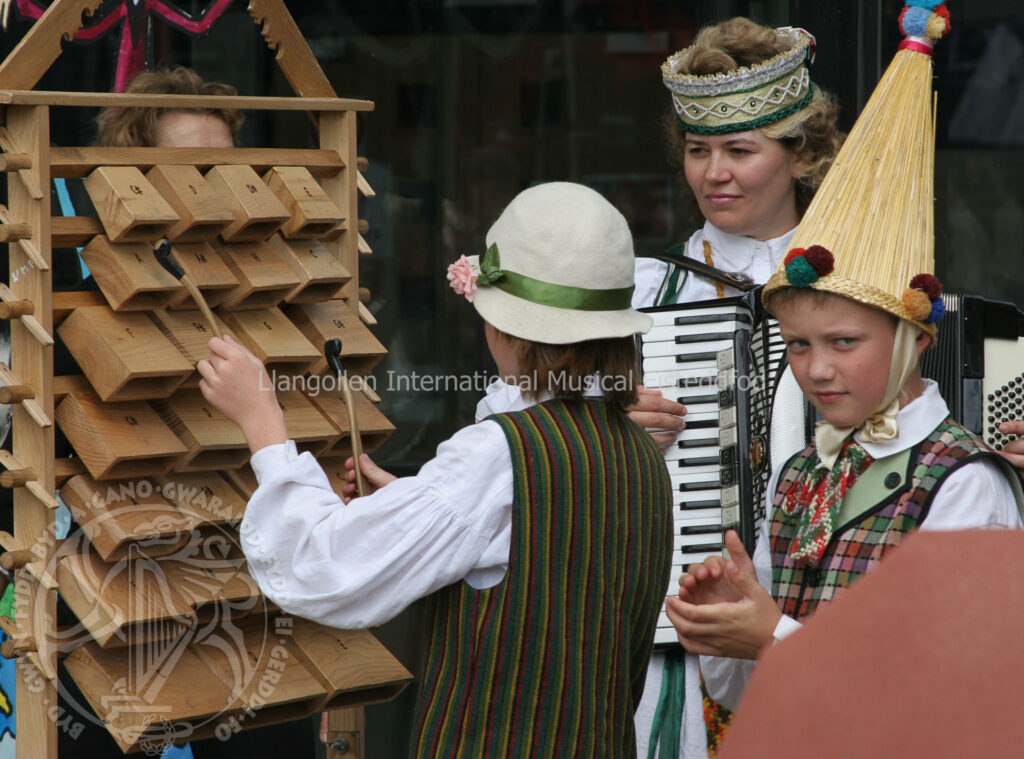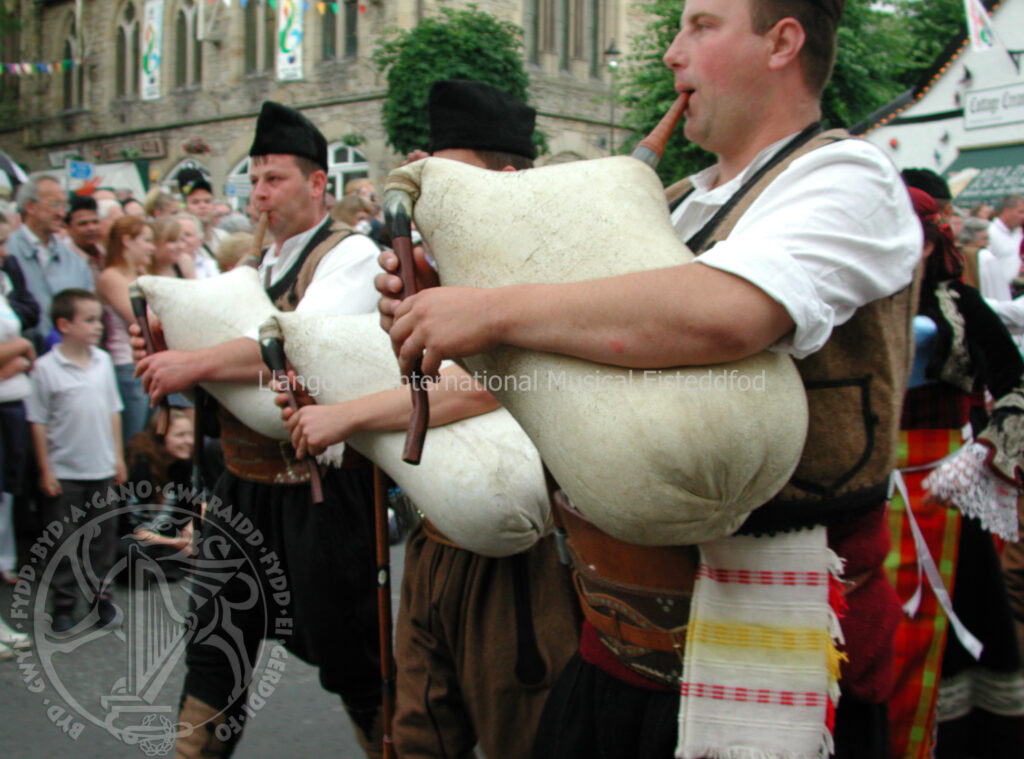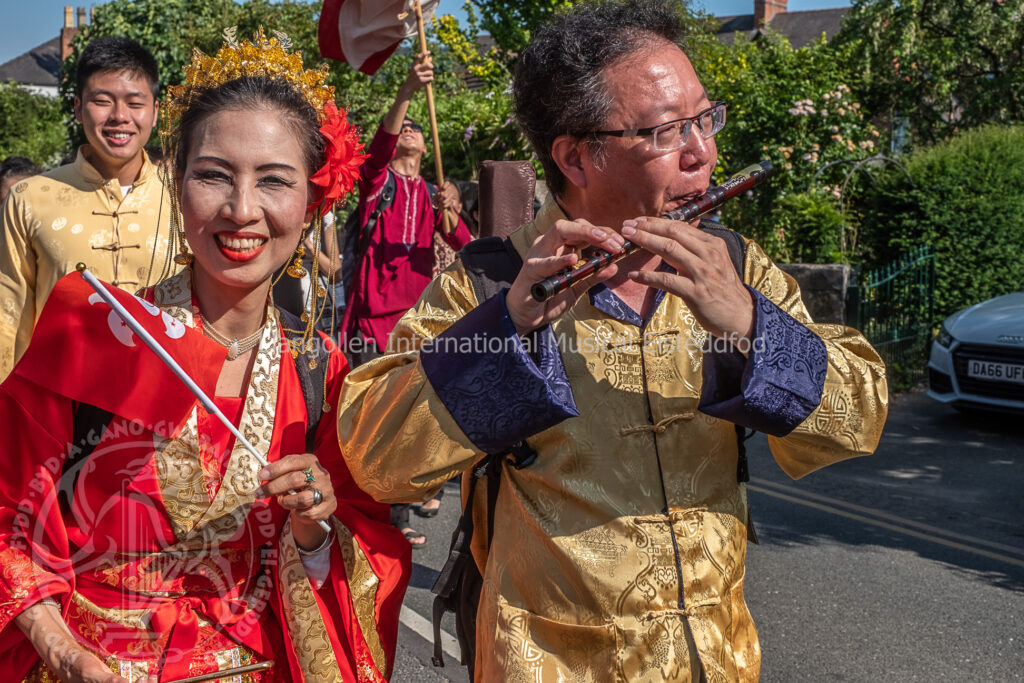In its 75 years the Eisteddfod audiences have heard the music of hundreds of different instruments from all round the world.
One of the unexpected benefits of introducing folk dance and folk choral competitions in 1948 was that the singers and dancers brought their musicians to accompany them. In no time at all new solo and group competitions for folk instrumentalists were started. Anyone doubting the riches, the breadth and quality of the musical international experience offered by Llangollen should look to the folk instrumental competition to change their mind. In recent years it has attracted outstanding individual competitors.
In the 1950s the huge entry was whittled down to a dozen competitors appearing on stage, though lately its’s been only two or three. The prelims – held early one morning in a schoolroom, chapel, church or hall – became one of the hidden treasures of the Eisteddfod. Afficionados attended every year for the talent and sheer variety; almost every year a new instrument appeared. In 2003 for instance you could see and hear ancient stringed instruments form China, Iran, and Russia, together with the zithers of central Europe, the bagpipes of coastal Celtic and Indian traditions, and unnervingly haunting pipes and jaw harps from Siberia, recreating the wind in the icy forests. All in one morning. Real devotees haunted the pubs in the evenings when instruments and techniques were swapped across invisible barriers of culture and language.
The picture gallery presented here gives only a small glimpse of the treasures Llangollen took for granted. Early on the alpenhorns from Austria produced an unexpected range of sounds on the stage, and also pleased the photographers on the field. Drummers drummed drums of every shape, size and timbre. Strings connected the many representatives of the family of dulcimer and zither. China brought sounding boxes made from gourds. Bagpipes, accordions: you name it. Llangollen’s heard it.
© Chris Adams 2022




